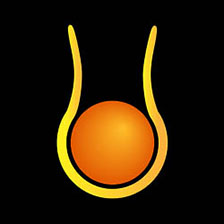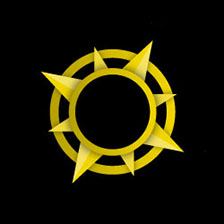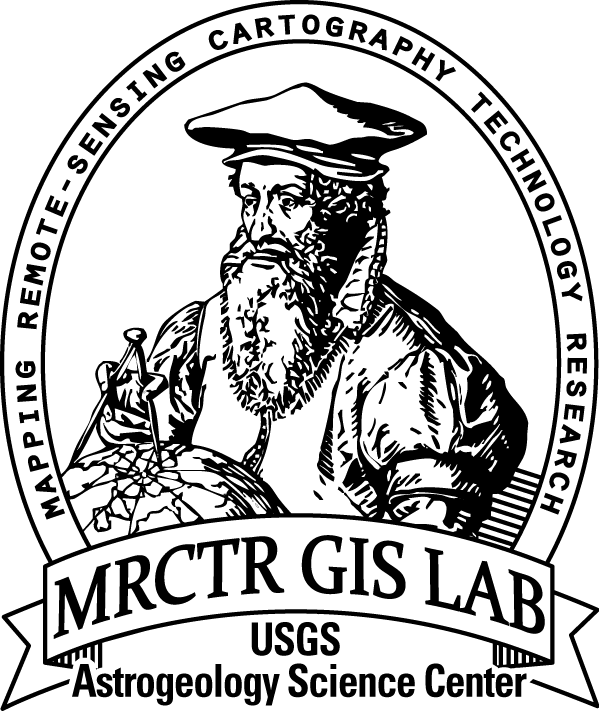Upcoming Full Solar Eclipse in the U.S.
18 August 2017Monday, August 21, 2017, is drawing near when you can see the Moon completely cover the blazing sun, casting a shadow on Earth’s surface in a Total Solar Eclipse! This rare and spectacular view can be seen across the entire continent, although most people in the U.S., if not in the path of… Read More
Sol 1786: ChemCam anomaly
14 August 2017MSL drove over 32 meters last weekend, to a sandy area with a few bedrock blocks, but ChemCam suffered an anomaly and was marked sick after the acquisition of the first RMI mosaic of Vera Rubin Ridge. The instrument is in a safe state and turned off, but no other ChemCam observations were… Read More
Watching a Sleeping Giant
14 August 2017Sleeping giants, like the supervolcano in Yellowstone National Park, can reawaken even after many thousands of years have passed since their last eruption. Cataclysmic eruptions, like the one 630,000 years ago, could severely damage human infrastructure across half a continent and… Read More
Twelve Names Approved for Ceres
12 August 2017The IAU Working Group for Planetary System Nomenclature has approved names for twelve craters on Ceres: Mlezi, Cachimana, Binayo, Bilwis, Dikhan, Zatik, Enkimdu, Damia, Shennong, Axomama, Inkosazana, and Kahukura. For more information, see the map of Ceres in the Gazetteer of Planetary Nomenclature.
Fourteen New Lacus Names Approved for Titan
8 August 2017The IAU Working Group for Planetary System Nomenclature has approved names for fourteen features on Titan: Zub Lacus, Grasmere Lacus, Hlawga Lacus, Fogo Lacus , Letas Lacus, Balaton Lacus, Xolotlan Lacus, Karakul Lacus, Akmena Lacus, Brienz Lacus, Trichonida Lacus, Qinghai Lacus, Synevyr Lacus, and… Read More
Astrogeology Services No One Told You About
4 August 2017The USGS Astrogeology Science Center (often called Astro) performs research as well as maintains and provides technical expertise in the planetary sciences. One of their legacies is that Astro was involved with the Apollo astronauts' training in preparation to go to the Moon and they have their… Read More
Sol 1777: Easing back into mission planning
4 August 2017As the solar conjunction stand-down comes to an end, we are easing back into operations planning, focusing on Sol 1780, which will be planned in detail on Monday. There was no SOWG meeting today, so it was a very easy day for me as SOWG Chair: We discussed plans for next week and… Read More
Names Approved for Three Craters on Mercury: Anguissola, Anyte, and Vonnegut
4 August 2017The IAU Working Group for Planetary System Nomenclature has approved the names Anguissola, Anyte, and Vonnegut for three craters on Mercury. For more information, see Mercury map H-1 in the Gazetteer of Planetary Nomenclature.
Meteor Impact: Preserving the Evidence
28 July 2017Can you imagine a blazing meteor nearly 160 feet in diameter and weighing 100,000 tons, traveling at a speed of 45,000 mph, crashing into the ground in front of you? It’s not something most people would enjoy imagining! But on those rare occasions, once every few million years, this can… Read More
Three Apollo 11 Landing Site Names Approved on the Moon
26 July 2017The IAU Working Group for Planetary System Nomenclature approved three Apollo 11 landing site names: Mount Marilyn, Little West, and Double. For more information, see maps for LAC-60 and LAC-61 in the Gazetteer of Planetary Nomenclature.










